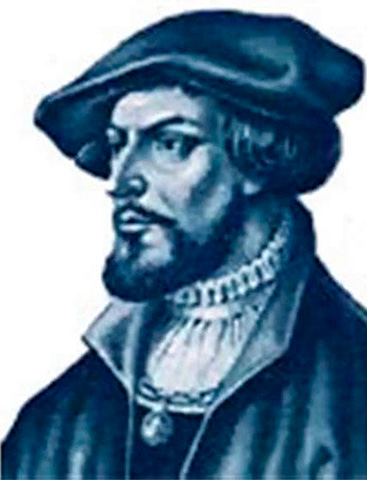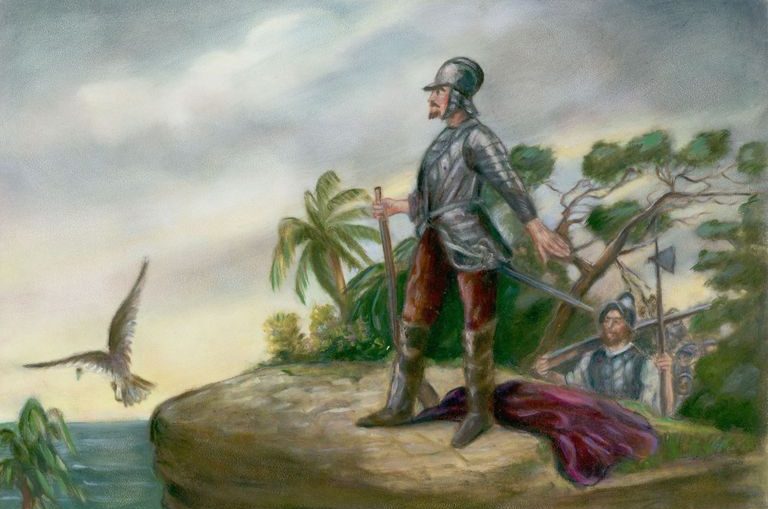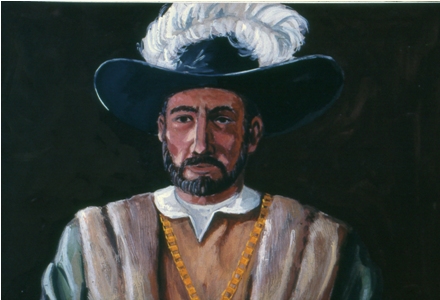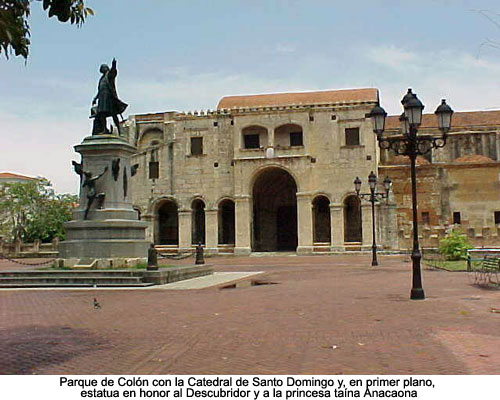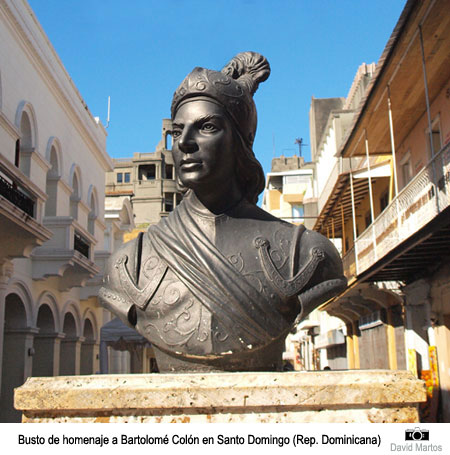At the end of the 15th century in Spain, the three great monotheistic religions coexisted together: Christianity, Judaism and Islamism. The conditions imposed on Muslims after losing the war of Granada allowed them to maintain their cults and customs in a climate of supposed religious tolerance. However, not only was
Fernando II of Aragon, the Catholic King.
Nacimiento: March 10th,1452 in Sos (Zaragoza, Spain). Death: 23 January 1516 in Madrigalejo (Cáceres, Spain). Charges: - King of Aragon from 1479 to 1516. - King of Castile between 1474 and 1504. - Regent of Castile after the death of his wife Isabel I of Castile between 1504 and 1516. - King of Sicily and Naples
Ojeda leaves for Urabá, the governorate that would never govern.
In 1508 took place the transcendental Junta de Burgos in which the king Fernando el Católico named the navigator Américo Vespuccio and Pilotos Reales as Chief Pilot to the explorers Juan de la Cosa, Juan Díaz de Solís and Vicente Yáñez Pinzón. In this meeting, the aim was to consolidate
Rodrigo de Bastidas biography.
Vasco Núñez de Balboa seizes power in Darien.
Vasco Núñez de Balboa, from Jérez de los Caballeros (Badajoz - Spain), had crossed the Caribbean coasts in 1501 with Rodrigo de Bastidas. With the benefits he obtained in this expedition he bought several properties in Hispaniola Island where he worked as a farmer without great adventurous pretensions but things did
Biography of Vasco Núñez de Balboa.
Juan de la Cosa, first cartographer of America.
Born: 1450-1460 in Santoña, Cantabria - Spain. Death: 28 February 1510 in Turbaco ( present Colombia). Burial: Unknown. He died when he was wounded by poisoned arrows fired by the natives of this Colombian area. Charges: - Spanish navigator, cartographer and adventurer. - Spy for the Spanish crown in Portugal. - Appointed Mayor Marshal of Urabá but
Alonso de Ojeda, unmatched courage and audacity.
Nacimiento: 1468 in Cuenca, Spain. Death: 1515 in Santo Domingo, Hispaniola Island (present Dominican Republic). Burial: San Francisco Monastery in Santo Domingo (present Dominican Republic). Although his remains disappeared during a civil war that took place in this city in 1965. They are currently unaccounted for. Charges: - Captain in the war of Granada. -
Santo Domingo devastated by a hurricane.
On July 2th,1502, the storm that Christopher Columbus had predicted and warned to Nicolas de Ovando its arrival at Hispaniola Island during his Fourth trip to the New World get Santo Domingo. He had taken refuge in the Azua port, about 100 km further west of Santo Domingo, almost in Jaragua. Being able to
Frey Nicolás de Ovando.
Nacimiento: Brozas (Cáceres - Spain) 1460. Death: 29 May 1511 in Seville. Burial: St. Benedict of Alcantara Church (Cáceres - Spain) Charges: - Prince John's preceptor until his death in 1497. - Major Commander of the Orden of Alcantara in 1494. - Governor of the Hispaniola Government from 1502 to 1509. Most relevant facts: - He founded
Santo Domingo de Guzmán.
- Founding date: 1498. - Founder: Bartholomew Columbus, brother of the Admiral. - Category: Capital of the Dominican Republic. - Current population: 3,000,000 inhabitants. - The Spaniards settlers in their quest to find gold mines moved from the Isabela to the south across the island of Hispaniola and found several of these
Bartholomew Columbus, the admiral’s younger brother.
Born: 1461 in Genoa, Italy? Death: 1514 in Santo Domingo, Dominican Republic. Burial: San Francisco Monastery in Santo Domingo, Dominican Republic. Charges: - Navigator, discoverer and cartographer. - Adelantado of the Indies and governor of Spain. Most relevant facts: - He toured several European courts seeking support for Christobal Columbus project. - He battled on the Spanish island
First reconnaissance and rescue expedition of Alonso de Ojeda.
On May 18,1499 the first discovering ships not commanded by Christopher Columbus departed from the Port of Santa María in Cadiz. This expedition, which marked the end of Columbus' exclusivity to organize voyages of exploration, was promoted by Rodriguez de Fonseca to verify the veracity of what Columbus announced in
More voyages of discovery… Andalusian journeys.
In addition to that first voyage of Alonso de Ojeda and Juan de la Cosa in 1499, several expeditions, called minor or Andalusian journeys, promoted by the crown but financed by private capital whose objective was to recognize and to trade in the coasts travelled by Columbus in his third
License to Discover: End of Columbus’ Privilege.
We are about to reach a turning point in the process of discovering the American lands. With the arrival of the new 16th century, there will be a major change in the way of discovering and involving new actors. In September 1499, news reached Santo Domingo that unknown ships had landed
